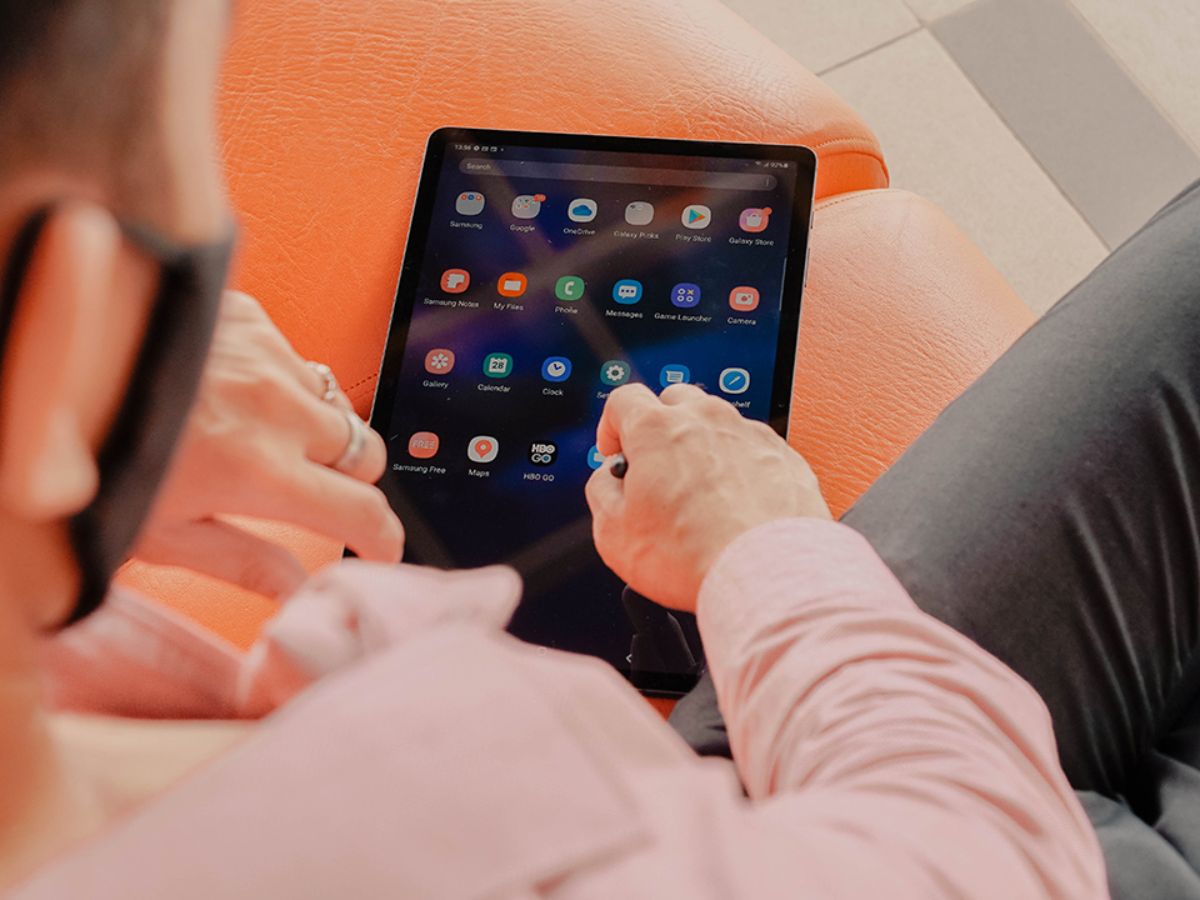
Display Quality
Android tablets offer a variety of screen sizes and resolutions, ensuring users can choose a device that suits their needs.
Aspect Ratios and Resolutions
- Aspect Ratios: Some tablets, like the OnePlus Pad, feature a unique 7:5 aspect ratio, beneficial for reading ebooks and watching videos.
- Resolutions: High-resolution displays are essential for clear visuals. The Lenovo Yoga Tab 13, for example, comes with a 2K screen, perfect for gaming and video playback.
Performance
The performance of an Android tablet is crucial for smooth operation. Here are some key factors to consider:
Processors
- Snapdragon Processors: Devices like the Samsung Galaxy Tab S9 Ultra and the Lenovo Yoga Tab 13 are powered by Qualcomm Snapdragon processors, providing fast performance and efficient battery life.
- MediaTek Processors: The OnePlus Pad uses a MediaTek Dimensity 9000 CPU, ensuring apps and games run smoothly and fast.
RAM and Storage
- RAM: Adequate RAM is essential for multitasking. The Samsung Galaxy Tab S9 Ultra comes with 12GB of RAM, suitable for demanding tasks like video editing and gaming.
- Storage: Expandable storage options are important. Many tablets offer microSD slots, allowing users to increase storage capacity as needed. The Samsung Galaxy Tab S9 FE+ supports up to 1TB of expandable storage.
Battery Life
Battery life is another critical feature, especially for users who plan to use their tablets on the go. Here are some top performers:
Long-Lasting Batteries
- Samsung Galaxy Tab S9 Ultra: This tablet boasts exceptional battery life, lasting over 13 hours in testing.
- OnePlus Pad: The OnePlus Pad also has exceptional battery life, lasting over 13 hours on a single charge.
Operating System and Ecosystem Integration
The operating system and ecosystem integration are vital for a seamless user experience.
Android Operating System
- Android 13: Many top Android tablets run on Android 13, providing users with the latest features and security updates.
- Customizable Software: Samsung's DeX software allows users to customize their tablet experience, making it possible to use the device as a laptop substitute.
Ecosystem Integration
- Google Pixel Tablet: The Google Pixel Tablet integrates perfectly with the Google smart home ecosystem, making it an excellent choice for those already invested in Google services.
- Amazon Fire OS: Amazon's Fire tablets run on a forked version of Android called Fire OS, providing access to Amazon's app store and exclusive features like Prime Video streaming.
Accessories and Compatibility
Accessories and compatibility options can significantly enhance the functionality of an Android tablet.
Keyboards and Styluses
- Samsung S Pen: The Samsung Galaxy Tab S9 lineup comes with the S Pen stylus, making it an excellent choice for artists and content creators.
- Keyboard Covers: Many tablets, including the Samsung Galaxy Tab S8 Plus, support keyboard covers, allowing users to turn their tablets into pseudo-laptops.
Smart Home Integration
- Google Pixel Tablet: The Google Pixel Tablet doubles as a smart home hub with its built-in speaker and charging dock, making it an excellent choice for those looking to integrate their tablet with their smart home setup.
Price Points
Android tablets come in a wide range of price points, catering to different budgets and needs.
Budget Options
- Amazon Fire HD 8: The Amazon Fire HD 8 is an affordable option that packs a punch, offering decent performance and a vibrant screen at a price just south of $100.
- Lenovo Tab M10 Plus: The Lenovo Tab M10 Plus is another budget-friendly option, offering good performance and a 10-inch display at an affordable price.
Mid-Range Options
- Samsung Galaxy Tab S9 FE+: This mid-range tablet offers good performance, long battery life, and high-quality, waterproof design, making it an excellent value for money.
- OnePlus Pad: The OnePlus Pad is another mid-range option that offers excellent battery life and smooth performance, all at a price under $500.
Premium Options
- Samsung Galaxy Tab S9 Ultra: For those looking for a premium Android tablet, the Samsung Galaxy Tab S9 Ultra is the best option. It features a cutting-edge Snapdragon 8 Gen 2 processor, 12GB of RAM, and a minimum of 256GB of storage, making it ideal for demanding tasks like video editing and gaming.
- Google Pixel Tablet: The Google Pixel Tablet is another premium option that integrates perfectly with the Google smart home ecosystem and offers a sophisticated design.
Additional Features
Several additional features can make an Android tablet stand out from the competition.
Cameras
- High-Quality Cameras: The OnePlus Pad comes with a huge 13MP rear camera, making it an excellent choice for photography enthusiasts.
- Front and Rear Cameras: The Lenovo Smart Tab P10 features front and rear cameras, making it suitable for video calls and photography.
Durability
- IP68 Rating: The Samsung Galaxy Tab S9 Ultra has an IP68 rating, making it durable and resistant to dust and water.
- Waterproof Design: The Samsung Galaxy Tab S9 FE+ also features a waterproof design, ensuring that the device can withstand accidental splashes.
When choosing an Android tablet, consider the top features that align with your needs. Whether looking for a budget-friendly option like the Amazon Fire HD 8 or a premium device like the Samsung Galaxy Tab S9 Ultra, there's an Android tablet out there for everyone. Understanding key features such as display quality, performance, battery life, operating system, accessories, price points, and additional features helps make an informed decision that meets your requirements perfectly.
